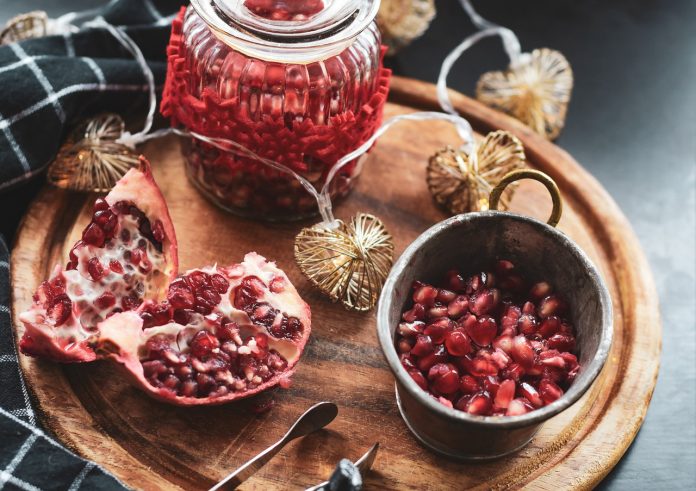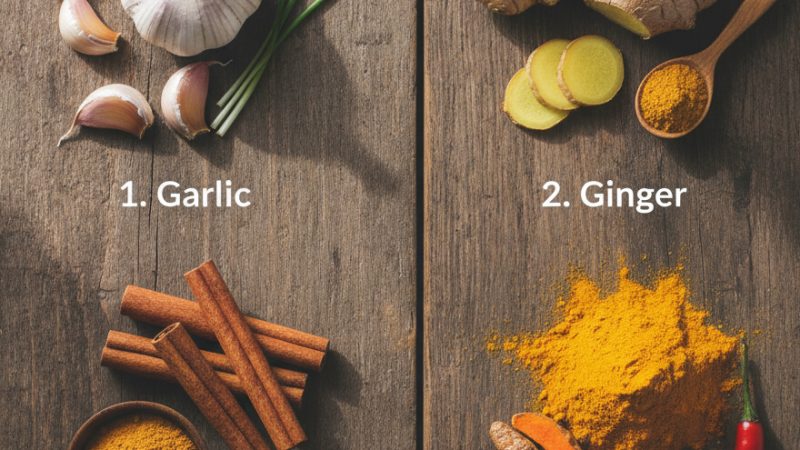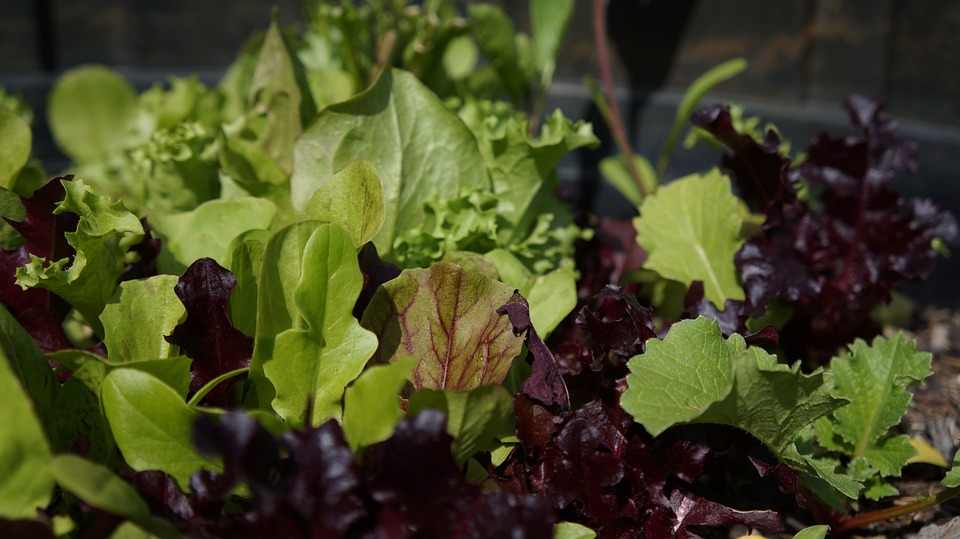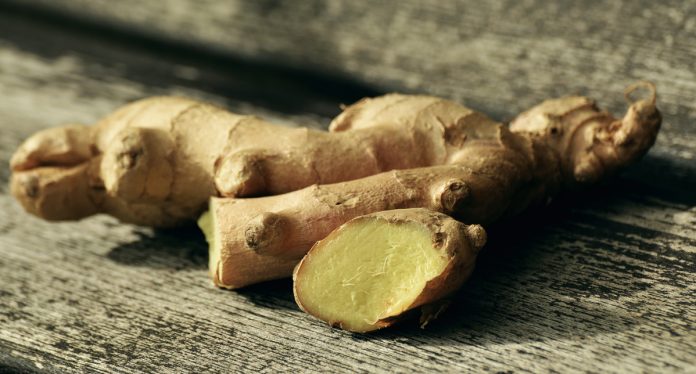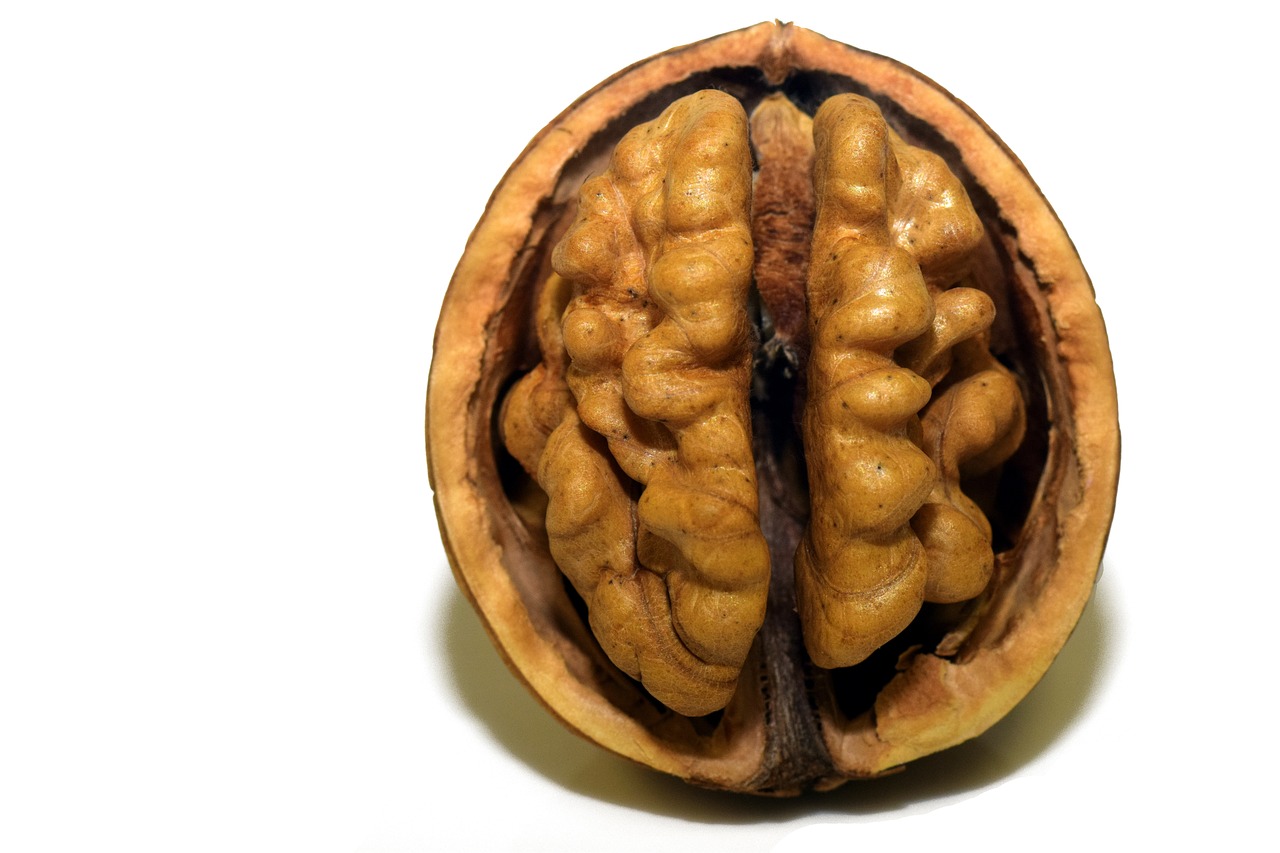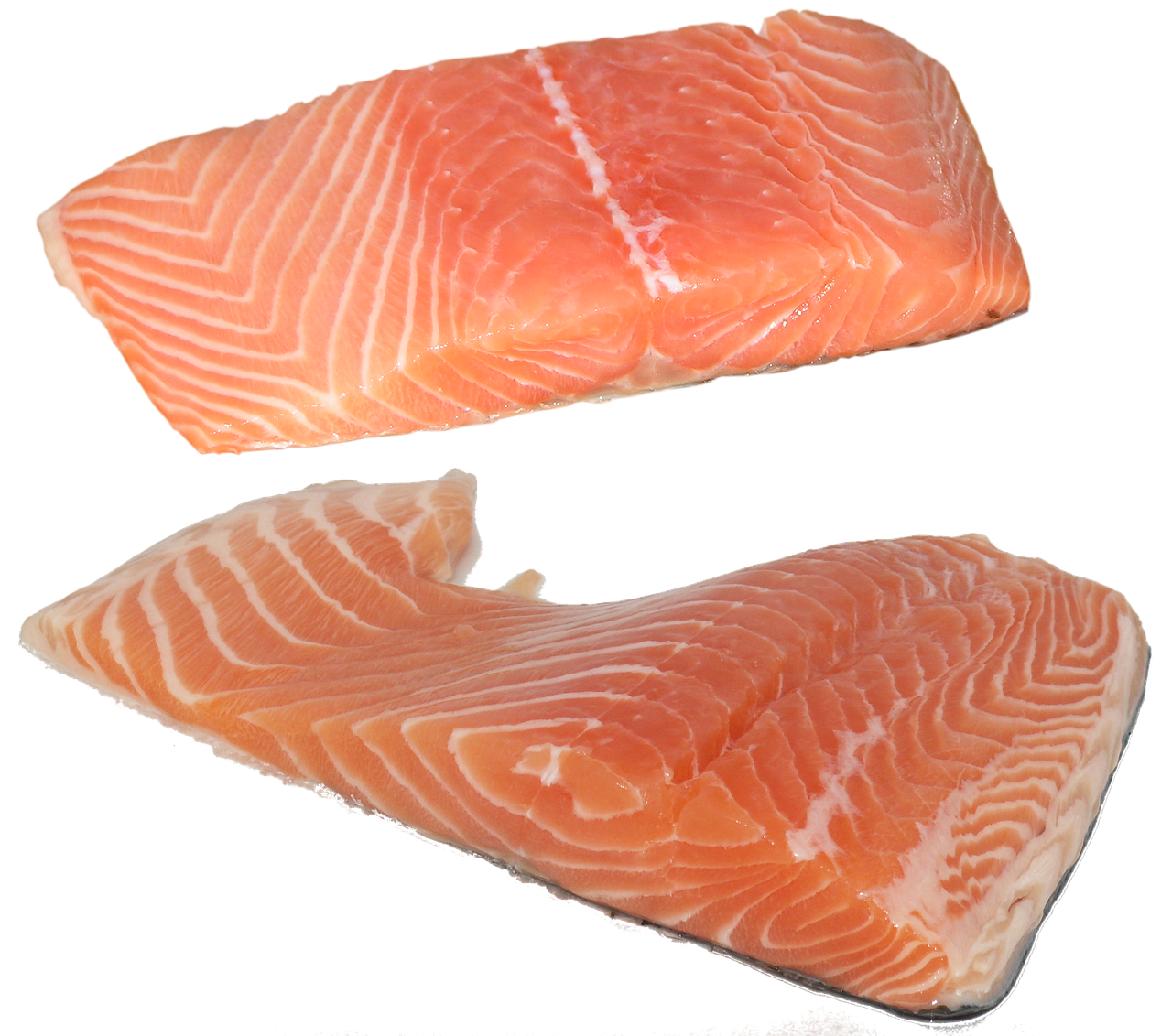Vitamin D – Sunshine and Salmon
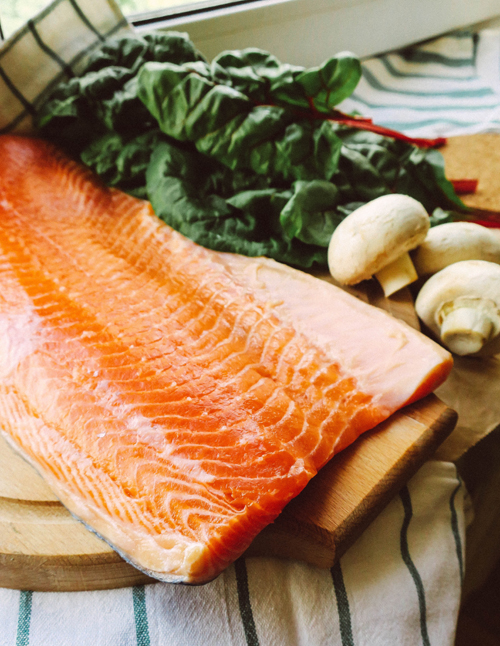
Vitamin D has been quite a topic with some of my friends lately. It even became an impromptu nutrition topic in one of my English classes (a good vocabulary work out for the students!). As nutrition is a pet hobby of mine, putting everything together and gathering bits of missing information has been good fun.
It surprised me to learn that a very large proportion of the world’s population suffers from some degree of Vitamin D deficiency. Some sources even state that as much as 70% of the world’s population is affected by this problem. Maybe it is time to sit up and take notice and get your Vitamin D levels checked by the doctor if you are concerned, or just take some of the recommendations on board to increase them independently.
So, what are some common symptoms of a Vitamin D deficiency? If you often feel very tired, a bit blue, are missing that get up and go and zest for life, think about Vitamin D. If you find that your head sweats easily, you suffer from regular gum problems or that your digestion is not up to scratch you might also need more Vitamin D. If you are getting sick often, or find that it takes longer to recover from sickness or injuries, consider your Vitamin D levels.
Vitamin D is essential for the body. It keeps your bones strong and is a major player in osteoporosis. It helps regulate your blood pressure, cholesterol levels and helps keep Type 2 diabetes at bay. It reduces inflammation in the body and helps prevent infections and allergies. It helps keep your teeth caries and cavity free. It helps alleviate depression symptoms. It also helps combat certain cancers, erectile problems, osteoarthritis, and a range of cardiovascular diseases.
How can you increase your Vitamin D levels naturally? The easiest way is sun exposure without sunscreen. Using a sunscreen with SPF of 30 decreases Vitamin D synthesis in the skin by more than 95% and any SPF over 12 reduces Vitamin D synthesis. So, unless you are going to be out in the sun for several hours, or are in a place where you can really get a bad sunburn very fast, consider getting some of those wonderful warming rays without the sunscreen. Go out for short bouts of sun exposure – in this case less is more. About 15 minutes of midday sun most days is enough to get your body producing Vitamin D. An important point to note is, the darker your skin is, the less Vitamin D your body will produce through sun exposure. Dark skinned people need typically 45-60 minutes of sun exposure without sunscreen to produce the same levels of Vitamin D.
Another surprising Vitamin D enemy is excess body weight. The more fat you carry around, the greater the risk of a Vitamin D deficiency. This could be yet another motivating factor for making a few lifestyle tweaks to reduce your weight (remember, slow and long-term is much better than aiming for a quick fix, which often back-fires).
Many foods are good sources of Vitamin D, although sadly not so compatible with a vegetarian or vegan lifestyle: fatty fish (especially salmon, herring, mackerel, sardines, catfish and tuna), egg yolks, mushrooms which have been exposed to sunlight such as shiitake, beef liver, cod liver oil, oysters, caviar (or regular fish roe – both black and red). A number of foods have also been fortified with Vitamin D in some countries, like milk, orange juice, soy products and some cereals – check the labels for more information.
If you feel that you are still not getting enough Vitamin D, or if the doctor has told you that you need to, take a good quality supplement. Beware of overdosing on Vitamin D though. If you have too much Vitamin D in your body, it can lead to excess levels of calcium. Some symptoms are weakness, confusion, constipation, loss of appetite and pain (from calcium deposits). As with almost everything in life, moderation is the key.
>>Unveiling The Euphoria Within: The Paradigm of Natural Light Exposure
The Author:
Kirsten Bergen was born in Canada, traveled the world and now lives in Germany, picking up a 2nd nationality along the way (British). I trained as a translator and interpreter, worked in various office jobs in France and Germany, then retrained as an English teacher. I am now a freelance teacher and translator / proof reader as well as mother.
Photo. Christina Voinova



